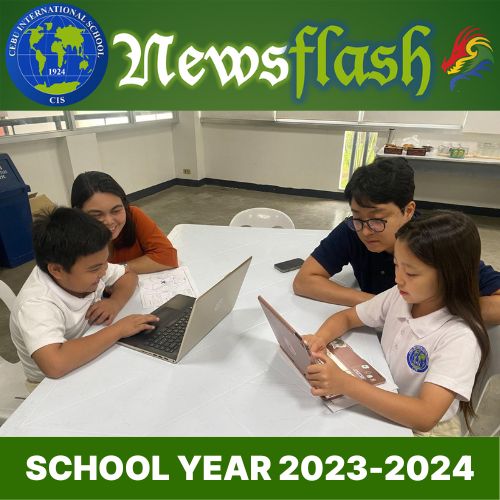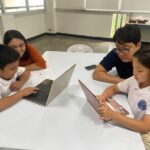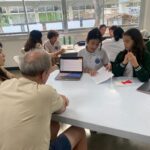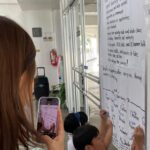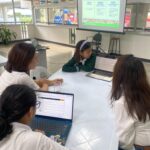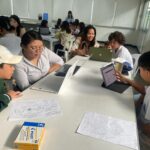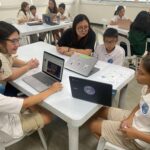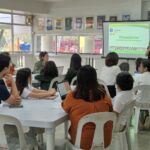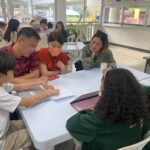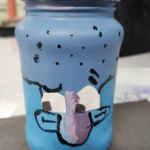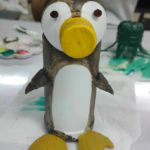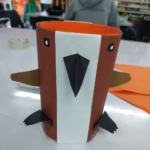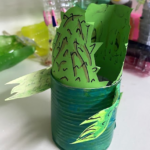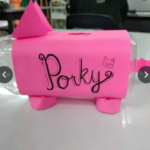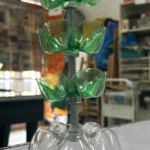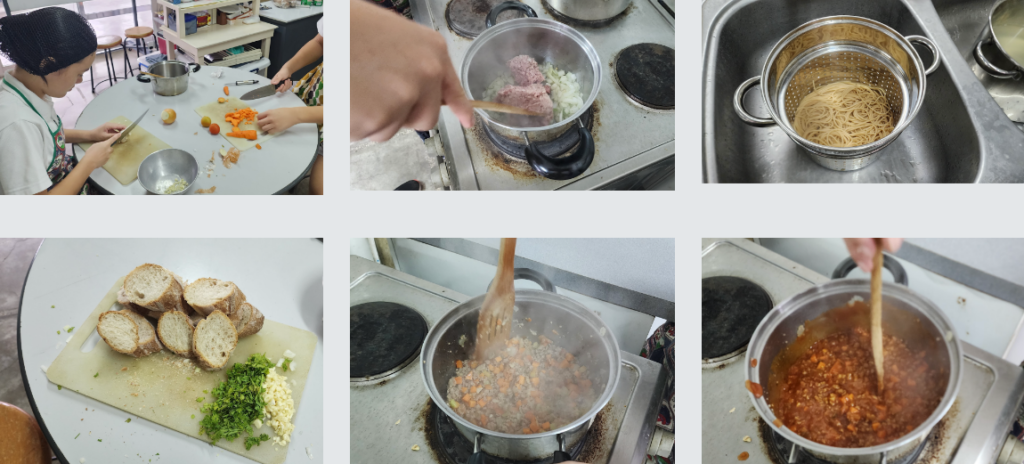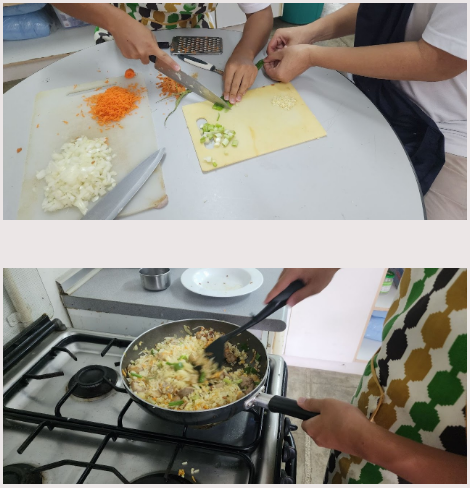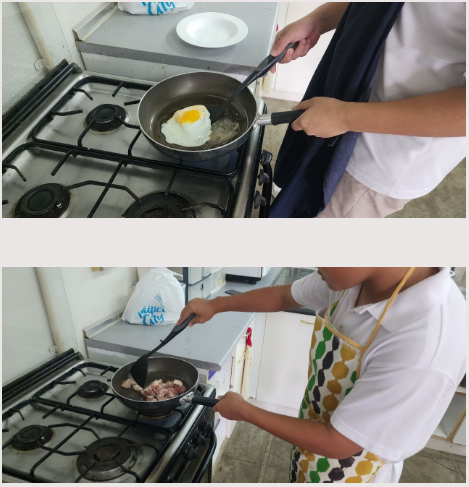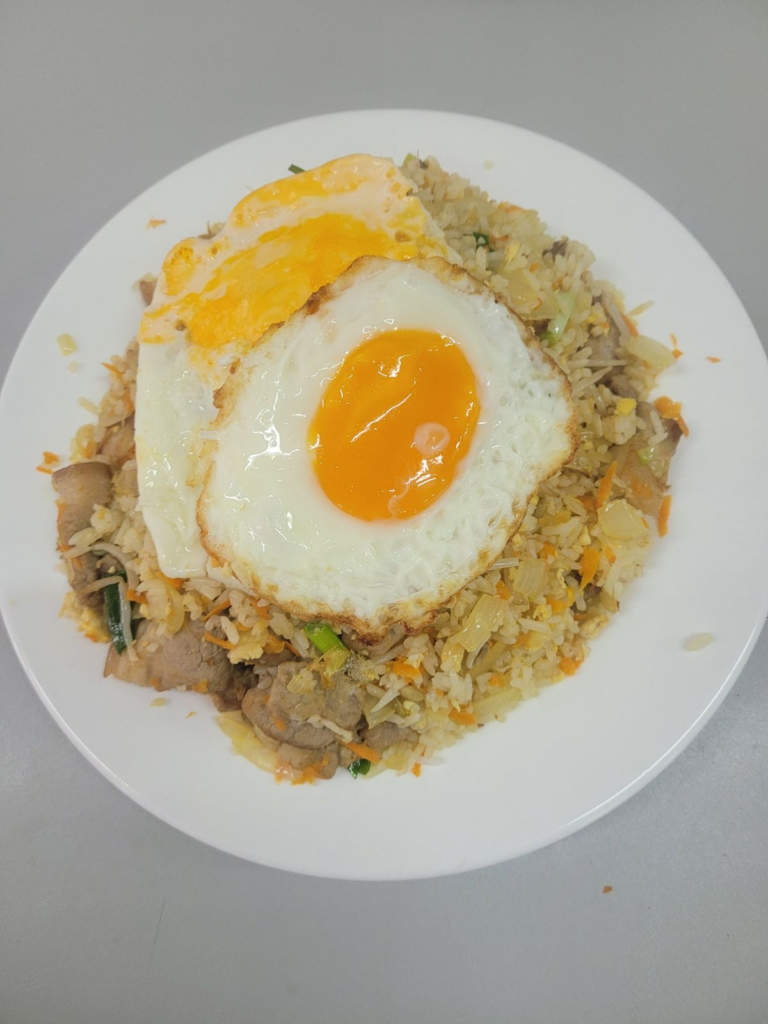
Principal’s Corner
by Ms. Maureen Juanson, Elementary Principal
The Grade 5 team has successfully launched the PYP Exhibition (PYPx) season this week, marking a significant milestone in our Grade 5 students’ educational journey within the Primary Years Programme (PYP). As articulated in the PYP: From Principles into Practice, “The exhibition is an authentic process for students to explore, document, and share their understanding of an issue or opportunity of personal significance.” Serving as the culminating event in our 5th graders’ education journey in the PYP, the exhibition not only allows them to articulate their message and passions but also to engage in collaborative inquiry on topics close to their hearts.

The Grade 5 students have begun exploring their passions, skills, and issues/opportunities while simultaneously evaluating possible paths of inquiry. This reflective process led them to write their Passion Pitch, where students employed their persuasive writing skills to justify their topic of choice by providing evidence and reasoning. In doing this, students needed to consider passion (reasons why they care), longevity (different directions the inquiry could go), and community impact (how their learning might impact and matter to others).
The PYPx is a shared learning community responsibility and with this, our Grade 5 students will receive support from mentors that come from our pool of faculty, staff, families, and other members of the CIS community. This week, Mrs. Aimee Underwood (Assistant PYP Coordinator and Grade 5 Homeroom Teacher) led PYPx Information Sessions tailored for teachers, staff, students, and parents. These sessions provided insights into the PYPx process and clarified mentorship roles and avenues for support.
Throughout the 8-week duration of the PYPx, students will immerse themselves in an enriching educational experience which will culminate in the staging of the PYPx on May 3rd. It’s an intensive and exciting learning journey and we are excited to see how everyone will engage and collaborate with their learning community and grow as learners!
Upcoming events of note
- Mar 8 (Fri): HAD3 / End of 3rd Quarter (AM only, no classes in PM)
- Mar 11: Start of 4th quarter
- Mar 11 – 15: STEM Week
- Mar 12: Regular CIS Corporation Meeting
- Mar 14-16: ISAC 3 @ BISB
- Mar 18 – Apr 1: IB Art Exhibition
- Mar 25 – Apr 1: Spring/Easter Break
Please refer to the CIS Event Calendar for the complete calendar of school events.
Grade 2: How the World Works
by Maffy Ocleasa, Grade 2 Homeroom Teacher
 In a stellar display of collaboration and curiosity, our Grade 2 students embarked on a space mission to understand Earth’s unique position in the solar system, making it the perfect place for life.
In a stellar display of collaboration and curiosity, our Grade 2 students embarked on a space mission to understand Earth’s unique position in the solar system, making it the perfect place for life.
Equipped with their research skills, our young astronomers delved into gathering information about the different features of planets. They explored temperature, gravity, size, number of moons, and atmosphere, uncovering the fascinating diversity of the planets. But they didn’t stop there! Armed with newfound knowledge, they used their social skills to collaborate with their teams and plan demonstrations and models that brought each planet’s features to life.
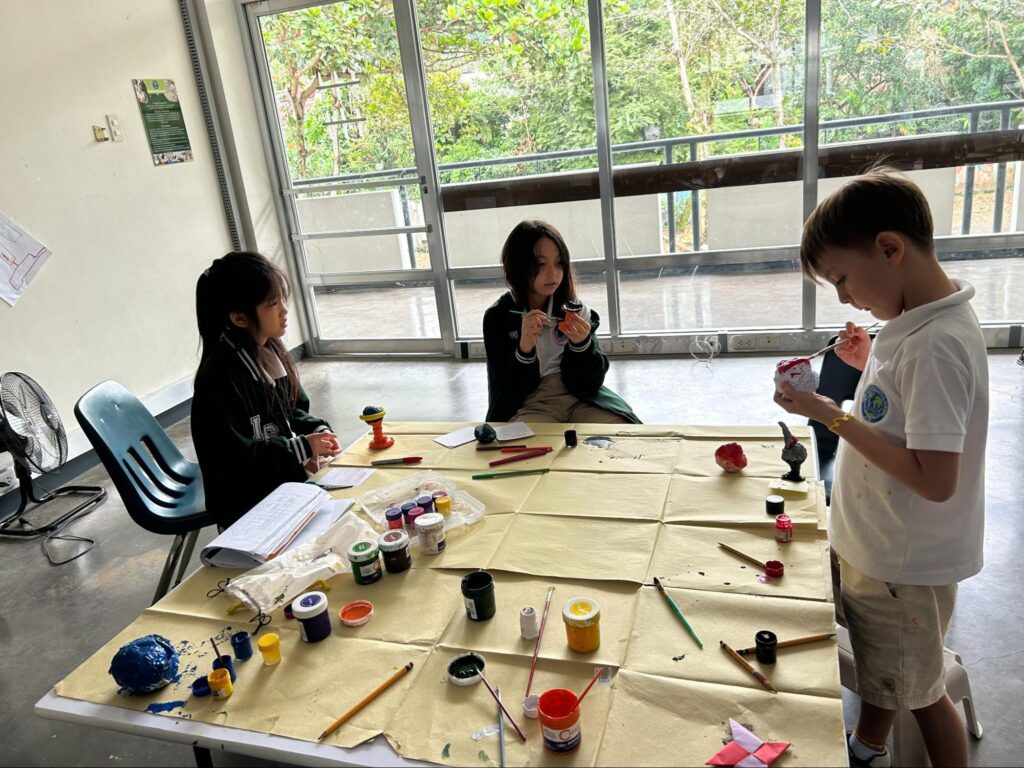

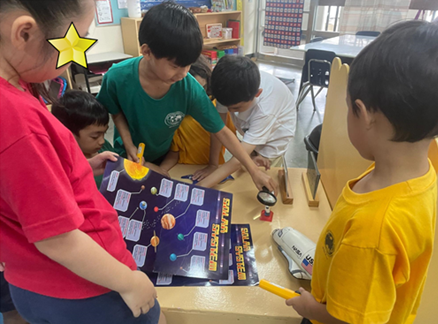
After all their perseverance, they showcased their communication skills through presentations of their models to their peers, which they said was the highlight of their efforts. With enthusiasm and confidence, they shared their findings, sparking discussions and deepening their understanding of the solar system.
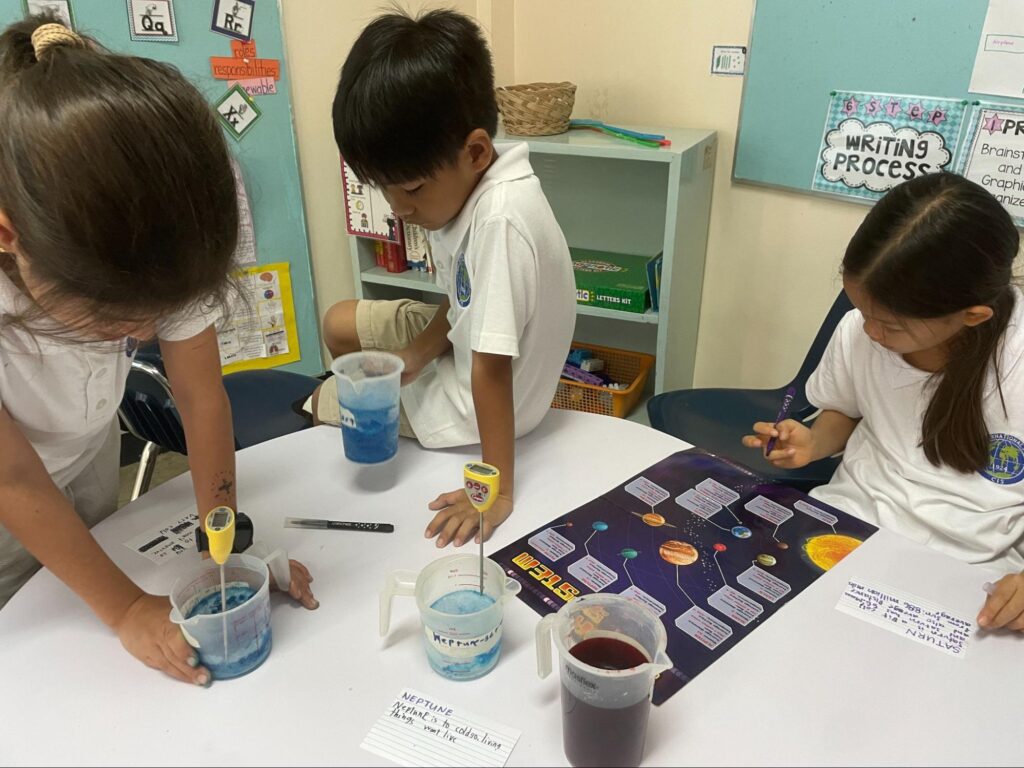
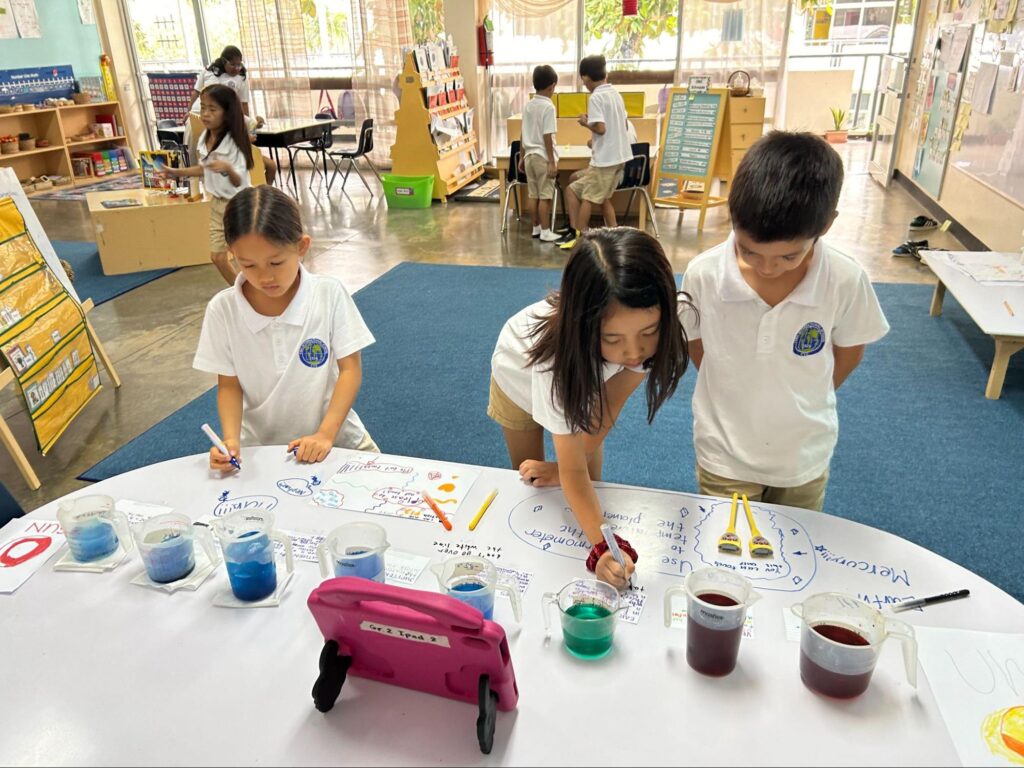
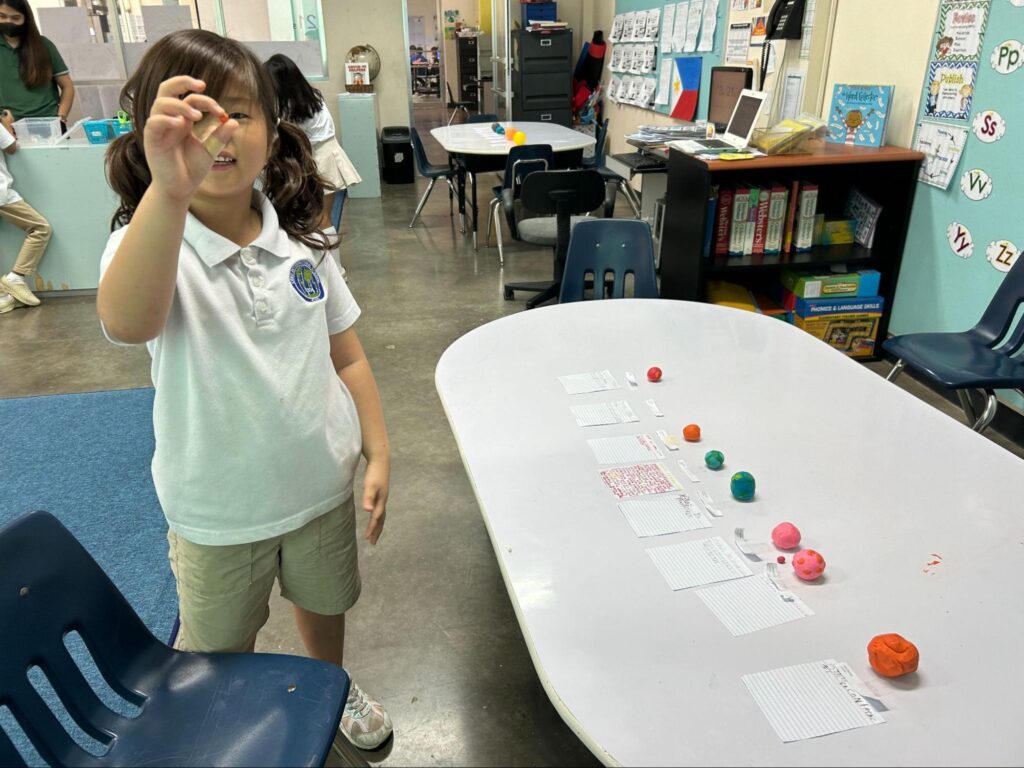
As the dust settled and the presentations concluded, they put their thinking skills into practice, and a realization dawned upon them: Earth truly stands out as a beacon of a life-sustaining planet in the vastness of space. Through their thinking, research, and exploration, they developed a deeper appreciation for our planet’s unique characteristics that make it the perfect home for us all.
This unit, under the theme “How the World Works,” helped the Grade 2 students become even better inquirers, more knowledgeable, and critical thinkers.
Design Class and Visual Arts Class
by Ms. by Ms. Gerri Ancajas Jumao-as, Design & Visual Arts Teacher
Grade 8 Design Class
In Design 8 class, students explore the intersection of functionality, invention, and sustainability. By examining the principles of eco-conscious living, they tackle challenges to promote sustainable habits. Through hands-on projects, such as reusing glass jars, tin cans, and plastic bottles, students repurposed everyday objects into recycled containers with both practicality and artistic flair. These formative tasks not only foster creativity but also instill a deep sense of responsibility towards the environment. In our classroom, innovation meets sustainability as students craft solutions that inspire a greener tomorrow.
Here are the students’ works. Click to open into a larger image.
Grade 9 Design
In Design 9 class, students embark on a flavorful journey exploring adaptation and diverse food tastes. Through an exploration of culinary arts, they delve into the intricacies of food preparation, understanding the cultural, nutritional, and sensory dimensions of cuisine. Students engage in hands-on formative tasks, applying various cooking methods and processes to prepare dishes that reflect their evolving understanding of food preparation. From sautéing and baking to frying and simmering, each culinary endeavor becomes an experience for innovation and experimentation.
Here are the students’ works.
Grade 9 Visual Arts Class
In our Visual Arts 9 class, students explored the concepts of identity, composition, and representation. Through a series of formative tasks, including composition frameworks, face proportion exercises, and drawing from various angles, students hone their technical skills while unraveling the intricacies of visual storytelling. With the use of symbolism and application of diverse art styles, they created portraits to discover the power of art to illuminate the complexities of identity and human experience.
Here are the students’ works.
DP History Class
by Ms. Joy Pierra, DP History Teacher
In the ever-questing pursuit of historical understanding, the DP History students embarked on a captivating journey into diverse realms, enriching their knowledge and understanding of world history.
The DP History 11 students explored their World History Topic #8: Independence Movement. They explored the case study of the Nationalist Movement in India. They dug into the origins and rise of the independence movement, examined the methods employed, and grappled with post-independence declaration challenges. Now, they have to put their knowledge to the test in their Paper 2 exams, showcasing their understanding and analysis of the topic.
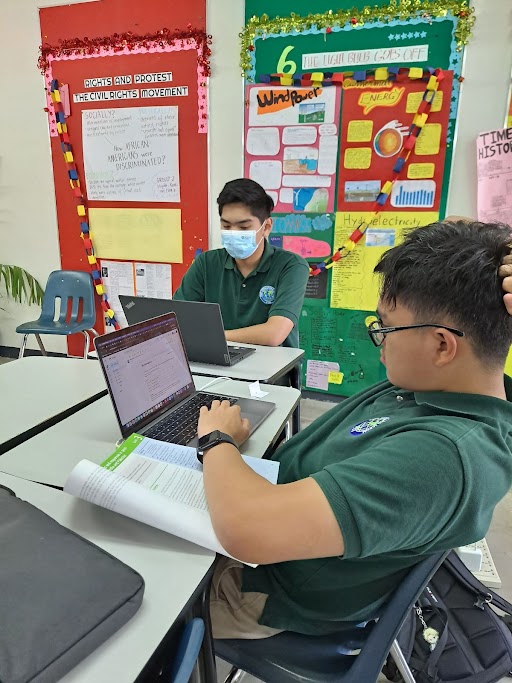

Meanwhile, DP History 12 HL students are delving into the profound impact of the Second War on Southeast Asia in their HL Topic 13.
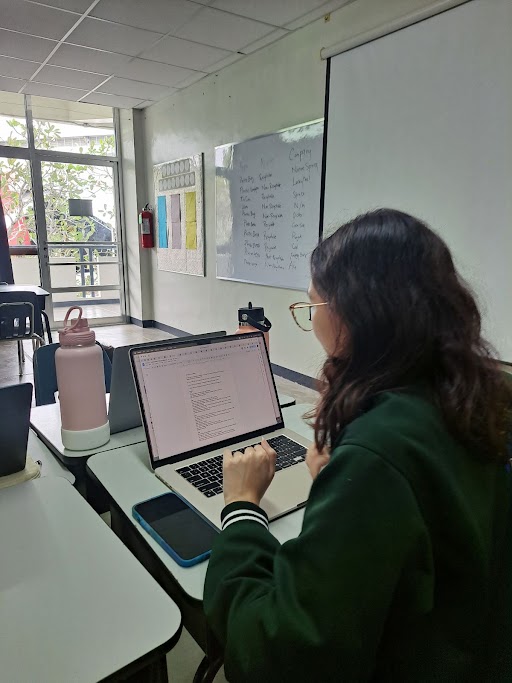
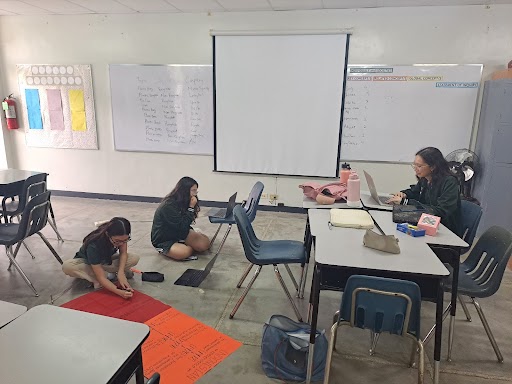

Here are the reflections shared by some of the DP History 11 students:
For me, history class has been interesting. I have learned a lot about times in history that I am unfamiliar with. As someone interested in the topic of history… I believe this class is a good opportunity for such activities to occur for me to be able to learn more. As for paper 2, the first time was challenging, as I was yet to be familiar with the test and its workings, however, improvements can be made with more practice.
I find that the learning curve is more related to stock knowledge than to other subjects I’ve learned. It requires extensive research as well as an understanding of the topic discussed, along with specifics and details related to the events discussed or addressed when requested to discuss them in length. For me, the difficulty lies in the details, and it is important to conduct preliminary research or check reliable and detailed sources. While the movement itself is relatively easy to understand, it is difficult to talk about due to the many political and economic factors involved in the events that took place, as nationalism is essentially a mix of ideals. This can make it difficult to narrow down a few important ideals, especially in the case of influential political leaders and their beliefs. Overall, the subject is easy to understand for me, but it is hard to elaborate on or research further. I could change my essay structure in regards to how I formulate my discussion, as well as organizing evidence and discussing events, so there is still room for improvement.
For Paper 2, my time management is still a huge problem. I was anxious about the result of my Paper 2 essay, some parts started to play out like a narrative essay since I am extremely anxious about the time constraints. In the next Paper 2 exams, after more and more practice, my performance in that exam would show some signs of improvement.
Here are the thoughts of the DP History 12 HL students:
I have always been familiar with the impact of World War II on the Philippines, and learning about the impact of the War on other Southeast Asian countries made me realize the pervasiveness of its effects. I learned about the nature and impact of the Japanese occupation, the subsequent growth of nationalism, and the role of independence movements within these countries. Our class also studied the lives of notable Southeast Asian leaders like Sukarno, Ho Chi Minh, and Tunku Abdul Rahman, including their various contributions to bringing independence to Indonesia, Vietnam, and Malaya, respectively. Overall, learning about World War II’s impact on Southeast Asia was insightful, especially since I have only been familiar with the effects of the War on certain Western countries and the Philippines. It was interesting to view this crucial part of history through a different lens.
When discussing World War II in my previous classes there has always been an emphasis on the Western perspective and it has been especially interesting to investigate how Southeast Asian countries were affected by this significant historical event. Learning about Japan’s role in the Axis Powers has allowed me to have a more developed understanding of the violent nature of the Japanese occupation in Malaya, Indochina, the Dutch East Indies, and the Philippines. In class, we discussed several factors that led to the emergence of World War II and the strategies used by the Japanese to ensure success in colonizing these Asian territories. Additionally, we explored the growth of nationalism and how local resistance to European colonial powers helped the Japanese establish themselves as “liberators” for the Southeast Asian people. Generally speaking, the impacts of World War II on Southeast Asia is a nuanced topic that requires the consideration of multiple perspectives. Nonetheless, it has been intriguing to explore this topic in-depth and view this topic from a non-traditional perspective.
I learned about the effects of World War II in Southeast Asia which was a sobering and enlightening experience. During this period, we discussed how colonial powers were deposed and replaced by harsh Japanese rule, resulting in severe misery. The war caused widespread starvation, forced labor, and millions of fatalities. Furthermore, this age provides insight into the region’s complicated political and socioeconomic developments. The war’s impact destroyed colonial systems, setting the foundation for independence movements that would transform Southeast Asia’s direction in the coming years. Understanding these repercussions highlights the region’s resiliency. The persistent legacies taught me how World War II impacted Southeast Asia’s trajectory throughout the 20th century and beyond.
College & Careers Counselor Corner
by Ms. Jenny Basa, College Counselor
DATE
March 2 Saturday
12PM – 5PM
SEDA CENTRAL BLOC – Cebu IT Park
EVENT
Study Abroad Hybrid Expo Philippines 2024 in Cebu by AMS Global
Participating Universities and Colleges
Australian Catholic University
Australian Learning Group & IKON Institute of Australia
Charles Sturt University
Collarts
Conestoga College
CQUniversity
Deakin University
Flinders University
Griffith University
Holmesglen Institute
Humber College Institute of Technology and Advanced Learning
James Cook University Australia
James Cook University Brisbane
Kaplan Business School Australia
La Trobe University
Macquarie University
Monash University
Murdoch University
QUT
RMIT
Sault College
Southern Cross University
Sydney Met
TAFE International Western Australia
The University of Adelaide
The University of Sydney
The University of Western Australia
Torrens University Australia
University Canada West
University of South Australia
University of Tasmania
UNSW Sydney
UTS College
Victoria University
William Angliss Institute
March 5
Tuesday
9:00 – 9:40AM
Canteen Annex
Link to sign up
University of Sydney (Australia) – face to face chat with the recruitment rep of U of Sydney and learn about the application process, programs and scholarship offered.
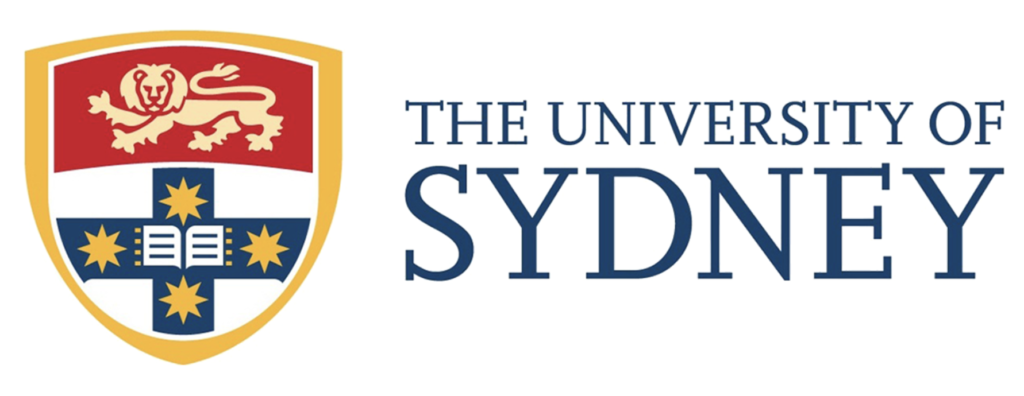
Education USA Events in March
SAT Update
2023–24 School Year Test Dates
| Test Date | Deadline for Registration, Changes and Regular Cancellation |
| May 4, 2024 | April 19, 2024 |
| June 1, 2024 | May 16, 2024 |




